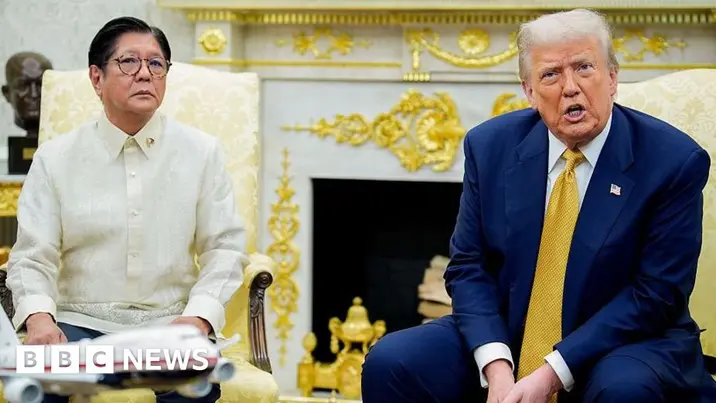T4K3.news
Canada lifts most tariffs on US goods
Tariffs on most US goods will be removed September 1, while tariffs on autos, steel, and aluminium remain for now.
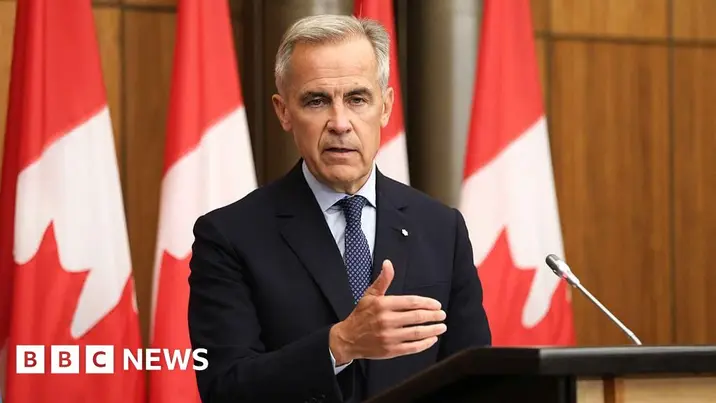
Canada eases retaliatory tariffs after missing a deadline, signaling a shift in US-Canada trade talks.
Canada to drop many of its retaliatory tariffs on the US
Canada will lift most retaliatory tariffs on United States goods, effective September 1, ending levies on a broad range of products that had been taxed at 25 percent. Tariffs on autos, steel, and aluminium will remain for now. Prime Minister Mark Carney said the move brings Canada in line with the US-Mexico-Canada free trade framework for goods that comply with USMCA. The White House welcomed the decision as long overdue and said negotiations will continue with a focus on trade and national security.
The shift comes after Ottawa and Washington spoke by phone for the first time since missing a self-imposed deadline to seal a broader agreement. The United States has its own tariffs in place on steel, aluminium, and copper, while Canada has pegged duties on US steel, aluminium, and autos. Carney noted Canada’s overall tariff rate on many goods is around 5.6 percent, lower than the global average, and stressed the goal of preserving advantages for Canadian workers and businesses as talks advance.
Key Takeaways
"It will re-establish free trade for the vast majority"
Carney on ending tariffs for USMCA-compliant goods
"This is long overdue and the US looks forward to continuing discussions"
White House reaction
"As we work to address outstanding trade issues, we must preserve this advantage for Canadian workers"
Carney on focusing on key sectors
The move signals a strategic pivot from punitive tariffs toward engagement within the USMCA framework. By removing barriers on most goods, Canada aims to reduce costs for manufacturers and shoppers while keeping leverage on autos, steel, and lumber. The decision also tests Canada’s stance of a firm but cooperative negotiation style, a contrast to the earlier confrontational posture that characterized parts of the trading dispute.
Yet questions remain about how durable the thaw will be. Domestic critics may push back if concessions appear selective or temporary, and markets will watch how the US uses the ongoing talks to secure broader protections and concessions on national security and supply chains.
Highlights
- Trade policy is a test of patience and timing
- A small tariff cut can calm a big market
- Free trade survives when both sides listen
- Tariffs are a tool, not a verdict
Tariff changes carry political and economic risk
Rolling back tariffs could affect domestic industries and shift political narratives in both countries. The move may draw mixed reactions from investors, workers, and policymakers ahead of a USMCA review.
The next rounds of talks will reveal how much leverage remains on both sides.
Enjoyed this? Let your friends know!
Related News
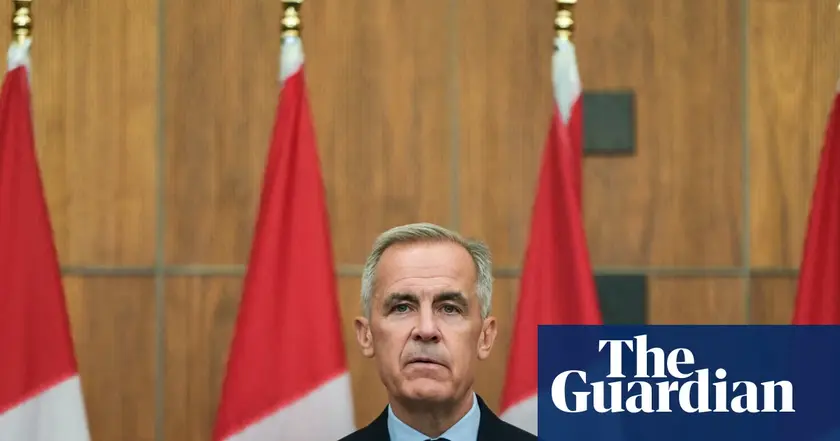
Canada signals tariff shift after Trump call

Canada aligns tariffs with US exemptions under USMCA

Supreme Court overturns convictions of two City traders

US Dollar Weakens After Trump Comments on Fed Chair
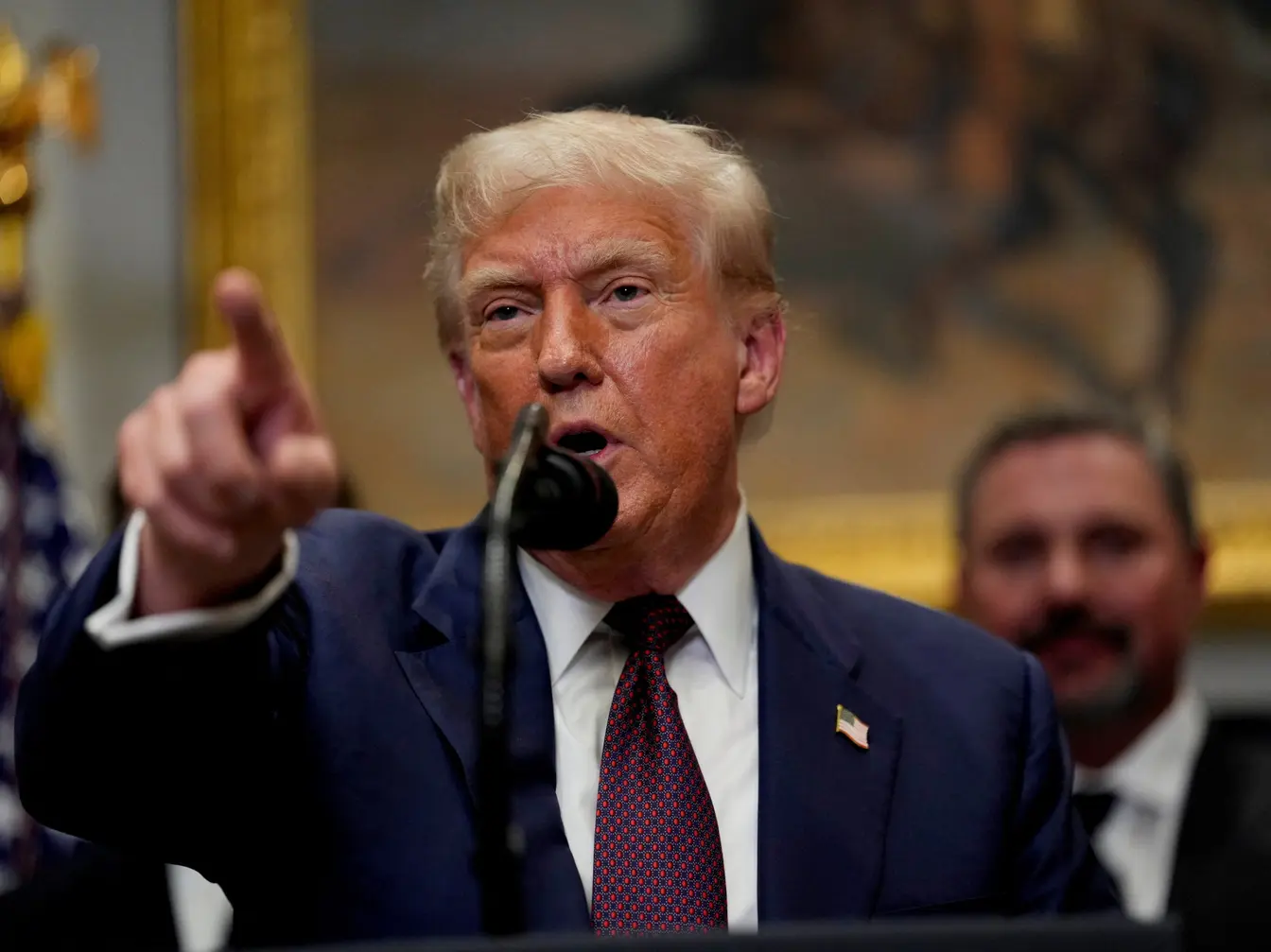
Trump sets new tariffs on multiple countries

Canada imposes measures against new US tariffs
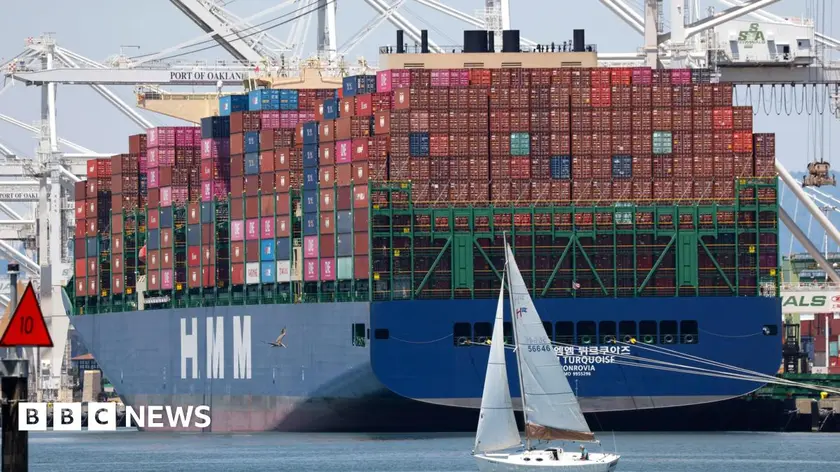
Trump increases tariffs on Canada to 35%

US Raises Tariffs on Canadian Imports
